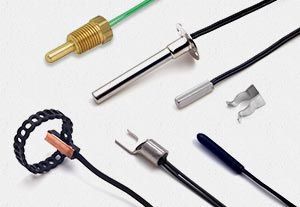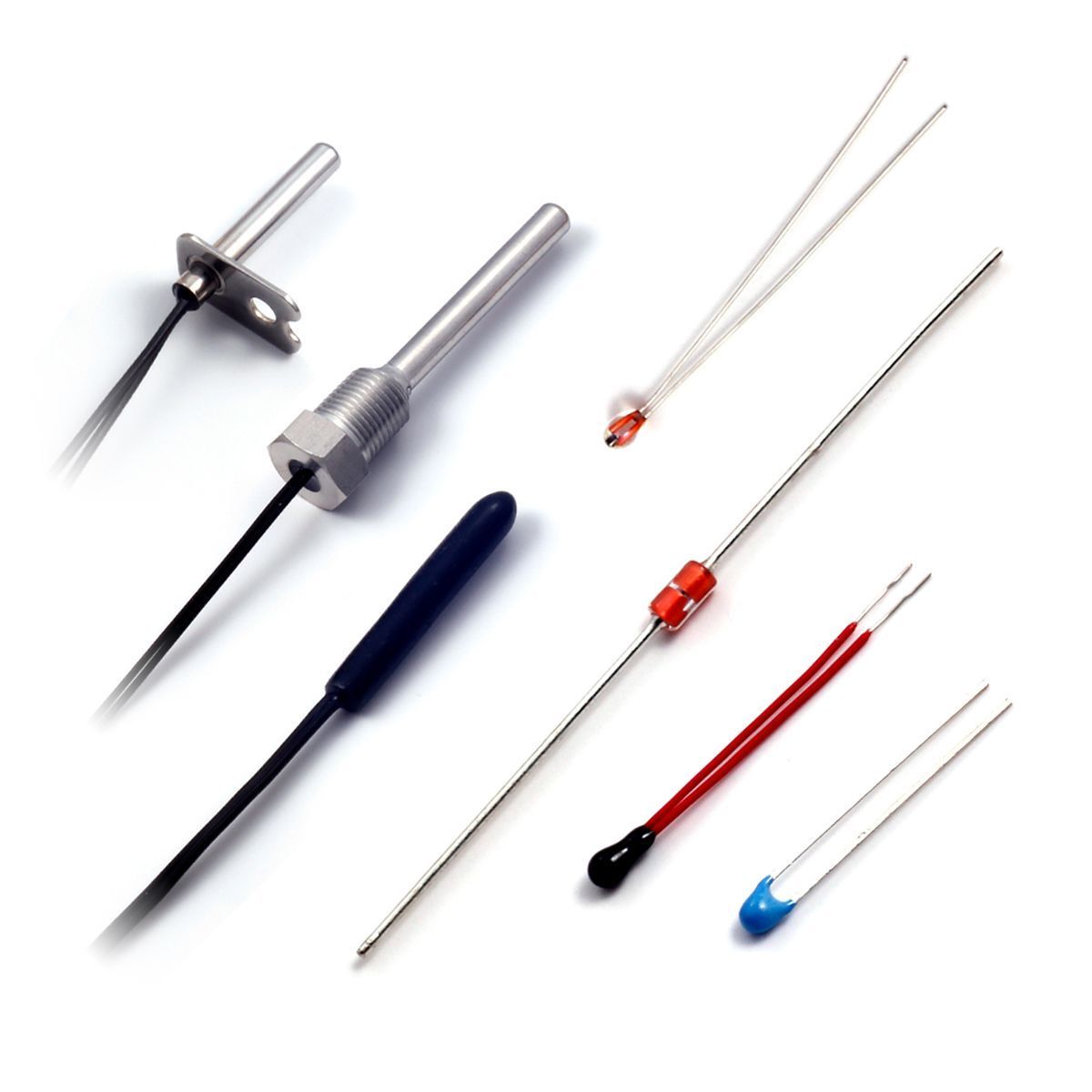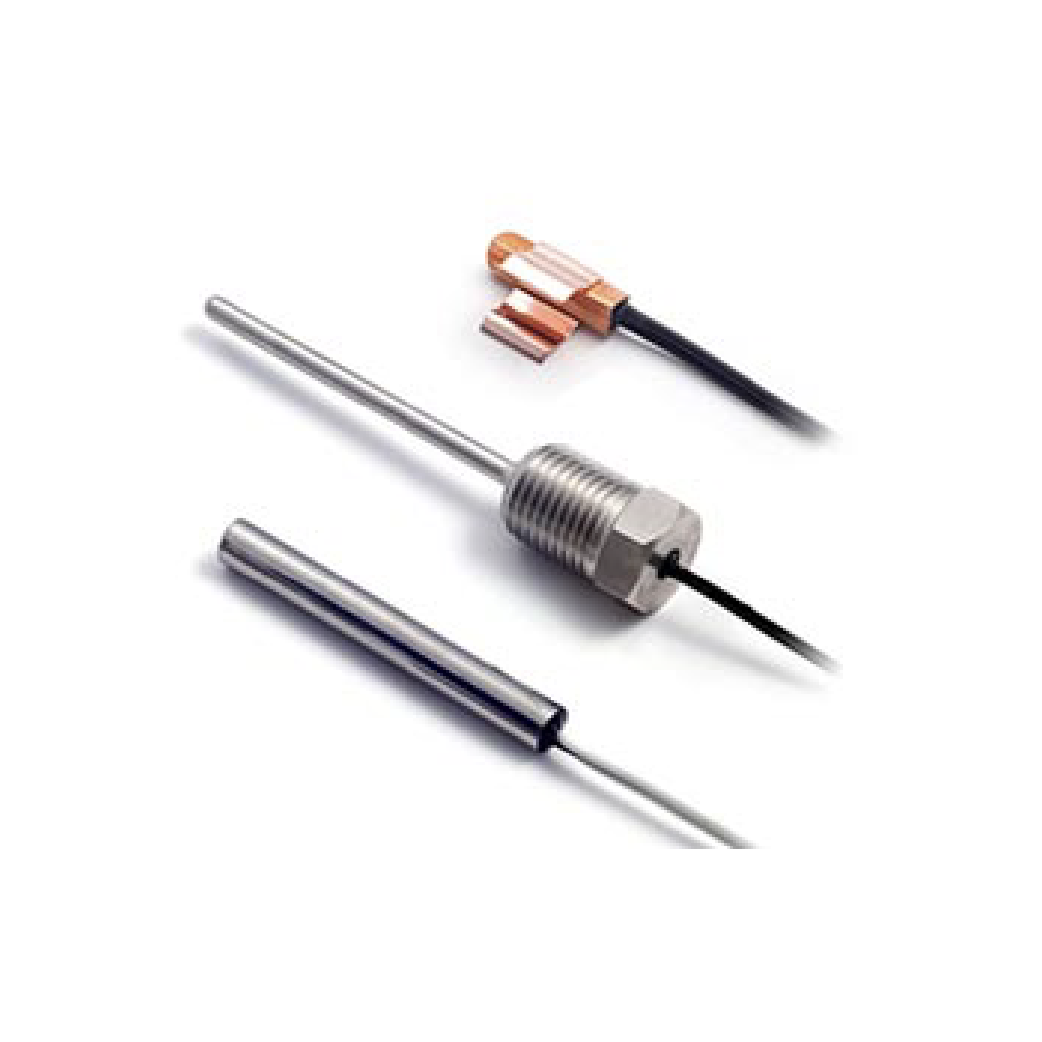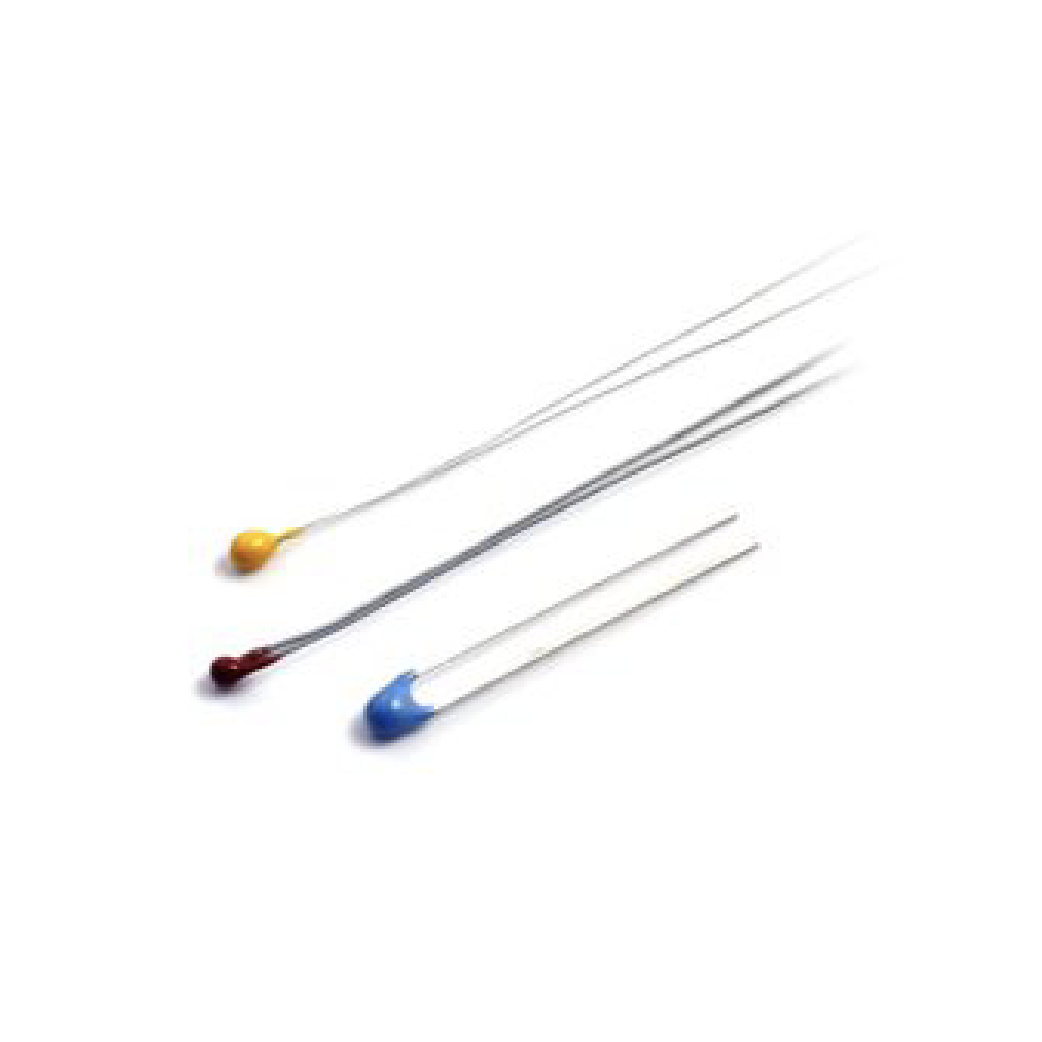BLOG
June 2, 2025
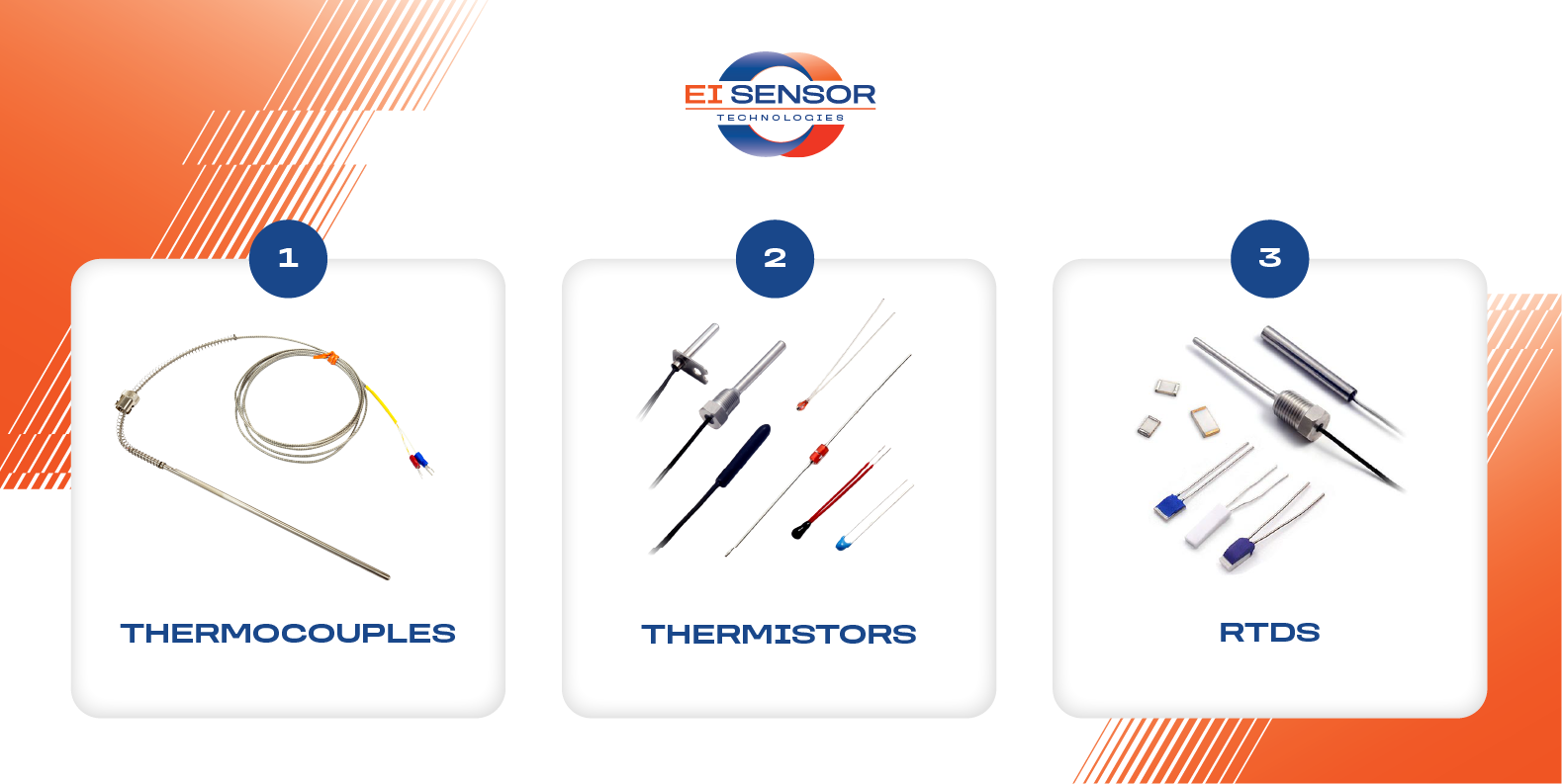
What is a Temperature Sensor?
Temperature sensors measure and quantify temperature in materials and internal or external environments. The science behind how temperature sensors typically work involves resistance changes in metals or metal oxides and voltages generated between dissimilar metals. Specific types of temperature sensors exist to accommodate the wide category of temperature measurements required. When sensors detect temperature changes, they convert this detection into electrical signals that are analyzed by systems or instruments intended to control, monitor, or log data being sent by a temperature sensor.
For example, temperature sensors monitor and regulate the temperature of modern household appliances such as ovens, cooktops, and clothes dryers. On the other extreme, in aerospace applications, temperature sensors regulate the environmental temperature of spacecraft, astronauts’ spacesuits…and everything in between.
The precise sensing capabilities provided by temperature sensors make them indispensable for our safety and comfort.
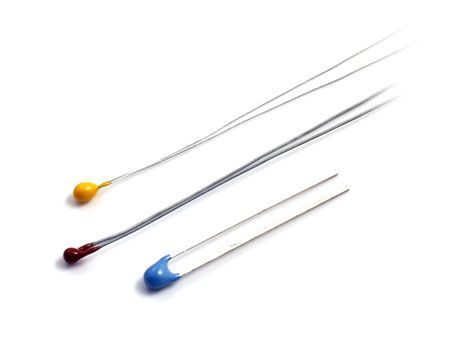
Applications of Temperature Sensors
Industrial processes, medical devices, monitoring systems, food production, home appliances (refrigerators, air conditioners, ovens), and climate control systems are just a few of the thousands of applications that depend exclusively on the different types of temperature sensors.
Pharmaceutical companies rely heavily on temperature sensors to produce safe and effective medications. In addition, storing and transporting vaccines demands rigorous temperature control to avoid rendering vaccines defective. During the COVID-19 pandemic, temperature sensors were used to maintain the cold chain for COVID-19 vaccines being shipped across the country.
The Most Common Types of Temperature Sensors
Negative Temperature Coefficient (NTC) Thermistors
NTC thermistors decrease in electrical resistance as temperatures rise. They’re primarily used for temperature measurement, control, and compensation as well as for inrush current limiting applications to suppress initial current surges in electronic circuitry. NTC thermistors are typically suitable for use over the temperature range from -55C to +300C, however, some special designs are usable beyond this temperature range. Because most temperature measurements are made within this temperature range and because of their low cost, their excellent accuracy, and their long-term stability, thermistors are the sensors of choice over other sensors.
NTC thermistor uses include digital thermometers, HVAC/R systems, hydrogen fuel cells, appliances, and fluid/gas flow measurement just to name a few.
Examples of additional NTC thermistor applications include:
- Automobile passenger environmental control
- Rechargeable battery charging
- Audio amplifiers
- Respiratory devices
- Welding equipment
- Thermostats
- Pool/Spa controls
- Food storage systems
- Smoke and Fire detectors
Thermocouples
Thermocouples are temperature sensors that generate a minute voltage that varies depending on their body temperature. Thermocouples typically consist of two dissimilar metal wires joined at a junction. They generate an EMF (millivoltage) that is a function of the temperature of the junction. They are capable of extremely high-temperature operation, as high as 1700C.
Positive Temperature Coefficient (PTC) Thermistor
PTC thermistors increase in electrical resistance as temperatures rise and are often used to avoid product overheating or overcurrent conditions. These temperature sensors are used in applications where a rapid resistance increase is essential once temperatures reach a predetermined threshold.
Examples of PTC applications include:
- Self-regulating heaters
- Electronic ballasts
- Heating elements
- Rechargeable battery over temperature protection
- LED lighting systems
- EV automotive batteries
- Charging systems for electronic devices
- Small motor over current protection
- Wind turbines
- Solar power systems
Resistance Temperature Detectors (RTD)
RTDs are passive transducers that present a precise and nearly linear resistance change corresponding to temperature changes. Although more expensive than thermistors, when necessary, they provide a wider temperature range of measurement capabilities…. up to 1,000C. RTDs are manufactured using various metals as the sensing element, however, because platinum’s temperature versus resistance properties are the most stable, uniform, and versatile, platinum RTDs are predominantly accepted as an interpolation standard for the International Practical Temperature Scale from near absolute zero to the melting point of antimony (1666.9 degrees F).
Examples of RTD applications include:
- Industrial boilers
- Air and gas temperature measurement
- Food handling and processing
- HVAC systems
- Self-cleaning ovens
- Cooktops
- Deep fryers
WHY EI SENSOR?
Obtaining reliable, accurate readings from high-quality temperature sensors is essential for optimizing the efficiency and safety of manufactured goods in various industries. At EI Sensor, we offer different types of temperature sensors to precisely sense temperature in fluids, gasses, and machinery components. Medical equipment especially depends on accurate temperature sensors to support patient safety and ensure that the equipment maintains accuracy as well as optimal performance over time.
Our precision-engineered temperature sensors are built to meet or exceed the specifications’ parameters for durability and accuracy. Our knowledge and resources enable us to provide optimum off-the-shelf or built-to-print temperature sensor designs.
Looking for a Temperature Sensor? Get in Touch with us Today!
At EI Sensor, our precision-engineered temperature sensors are designed to exceed our customers’ demands for durability, versatility, and accuracy. With over 30 years of experience in constructing superior temperature sensors, EI Sensor is a global provider of RTDs, NTC, and PTC thermistors for all types of industries. Let’s discuss your temperature-sensing needs! Contact us today!


